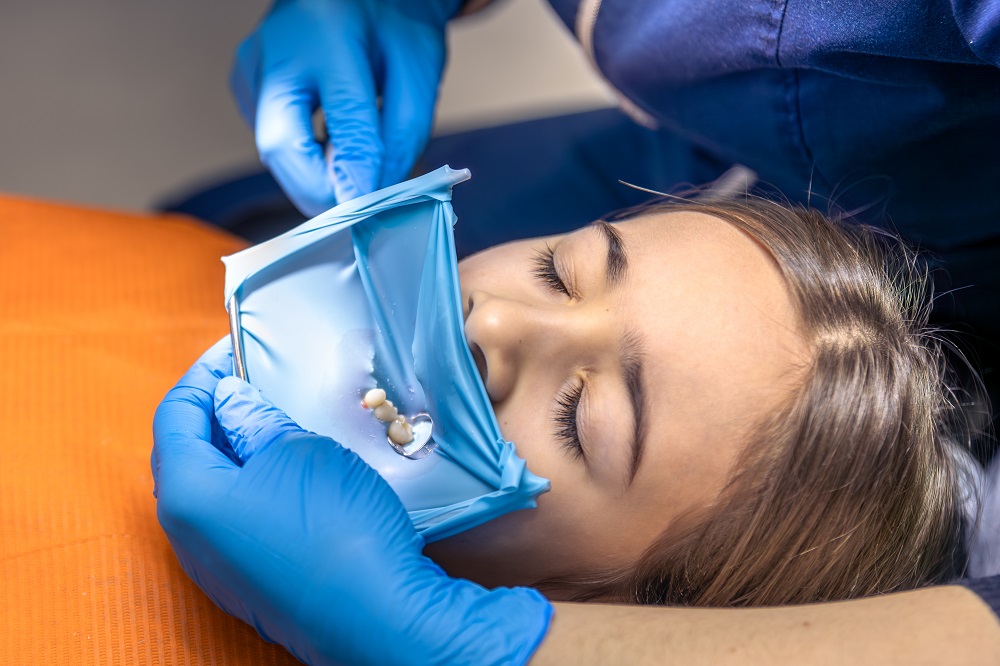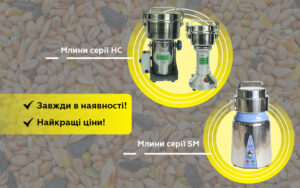DIY Techniques to Relieve Neck and Back Pain Naturally at Home
Neck and back pain are common complaints that affect millions of people worldwide. Whether it’s due to poor posture, stress, or overexertion, these discomforts can hinder daily activities and diminish your quality of life. Fortunately, there are many effective DIY techniques to relieve neck and back pain at home naturally. In this article, we will explore various remedies, stretches, and lifestyle adjustments that can help alleviate your discomfort and promote overall well-being.
Understanding Neck and Back Pain
Before delving into DIY solutions, it’s essential to understand the causes of neck and back pain. Common contributors include:
- Poor Posture: Sitting for long periods, especially with poor posture, can lead to muscle tension and strain.
- Muscle Strain: Overexertion, lifting heavy objects, or sudden movements can cause muscle strain.
- Stress: Emotional stress can lead to muscle tension, particularly in the neck and shoulders.
- Inactivity: A sedentary lifestyle can weaken muscles, making them more susceptible to injury.
Recognizing the underlying causes of your pain can help tailor your approach to relief.
DIY Techniques for Neck and Back Pain Relief
1. Stretching Exercises
Regular stretching can help alleviate tension and improve flexibility. Here are some effective stretches for neck and back pain:
- Neck Stretches:
Sit or stand upright. Slowly tilt your head to one side, bringing your ear towards your shoulder. Hold for 15-30 seconds and repeat on the other side. You can also look left and right gently, holding each position for a few seconds. - Shoulder Shrugs:
Stand or sit with your back straight. Lift your shoulders towards your ears, hold for a few seconds, and then relax. Repeat 10 times. - Cat-Cow Stretch:
Get on your hands and knees. Inhale while arching your back (Cat position), and exhale while lowering your belly and lifting your head (Cow position). Repeat for 10 cycles. - Child’s Pose:
Kneel on the floor and sit back on your heels. Extend your arms forward and lower your forehead to the ground. Hold this position for 30 seconds to a minute to stretch your back.
2. Heat Therapy
Applying heat to sore muscles can help increase blood flow and reduce stiffness. You can use:
- Heating Pads: Place a heating pad on the affected area for 15-20 minutes.
- Warm Compresses: Soak a towel in warm water, wring it out, and apply it to the neck or back.
- Hot Showers: Taking a warm shower can provide immediate relief by relaxing tight muscles.
3. Cold Therapy
Cold therapy can be particularly effective after physical activity or injury. It helps numb the area, reducing pain and swelling. Use the following techniques:
- Ice Packs: Wrap ice in a cloth or use a commercial ice pack. Apply it to the painful area for 15-20 minutes.
- Frozen Vegetables: If you don’t have an ice pack, a bag of frozen peas can serve the same purpose.
4. Massage Techniques
Self-massage can be a powerful tool for relieving tension in the neck and back. Here’s how to do it:
- Neck Massage: Using your fingertips, gently knead the muscles at the base of your skull and along your shoulders. Use circular motions and apply moderate pressure.
- Back Massage: Lie on a tennis ball placed between your back and a wall. Move your body to massage the knots in your back.
- Foam Rolling: A foam roller can help release tight muscles. Lie on it horizontally and roll slowly over your upper back and lower back, pausing on tight areas.
5. Posture Correction
Improving your posture can prevent further neck and back pain. Here are some tips:
- Ergonomic Workspace: Adjust your chair and computer screen so that your feet are flat on the floor, and your screen is at eye level.
- Posture Checks: Regularly check your posture while sitting or standing. Keep your shoulders relaxed and back straight.
- Supportive Seating: Use chairs with good lumbar support, or add a cushion to help maintain the natural curve of your lower back.
6. Mindfulness and Relaxation Techniques
Stress management plays a significant role in alleviating neck and back pain. Incorporating mindfulness practices can help:
- Deep Breathing: Practice deep breathing exercises. Inhale deeply through your nose, hold for a moment, and exhale slowly through your mouth. Repeat for several minutes.
- Meditation: Find a quiet space and focus on your breath. Meditation can help reduce stress and tension in your body.
- Yoga: Engaging in yoga can improve flexibility, strengthen muscles, and promote relaxation. Look for beginner classes or online tutorials focusing on back pain relief.
7. Proper Hydration and Nutrition
Staying hydrated is vital for muscle health. Dehydration can lead to muscle cramps and tension. Aim to drink at least eight glasses of water daily.
Incorporate anti-inflammatory foods into your diet, such as:
- Fruits and Vegetables: Berries, leafy greens, and cruciferous vegetables are excellent choices.
- Healthy Fats: Omega-3 fatty acids found in fish, flaxseeds, and walnuts can help reduce inflammation.
- Whole Grains: Whole grains provide fiber and nutrients that can aid in overall health.
8. Regular Physical Activity
Staying active is crucial for maintaining a healthy back and neck. Engage in regular physical activities, such as:
- Walking: A simple and effective way to stay active. Aim for at least 30 minutes a day.
- Strength Training: Incorporate body-weight exercises or light weights to strengthen your back and core muscles, providing better support for your spine.
- Swimming: Low-impact exercises like swimming can be gentle on the back while providing a full-body workout.
Conclusion
Managing neck and back pain doesn’t always require a trip to the doctor or expensive treatments. With these DIY techniques and the concept of physiotherapy at home, you can take control of your pain and promote natural healing in a comfortable environment. By incorporating stretching exercises, heat and cold therapy, self-massage, posture correction, mindfulness practices, proper nutrition, and regular physical activity into your routine, you can significantly improve your comfort and overall well-being.
Remember, if your pain persists or worsens, it’s essential to consult with a healthcare professional to rule out any serious underlying conditions. Taking proactive steps to address your neck and back pain can lead to a healthier, more active lifestyle.














Post Comment